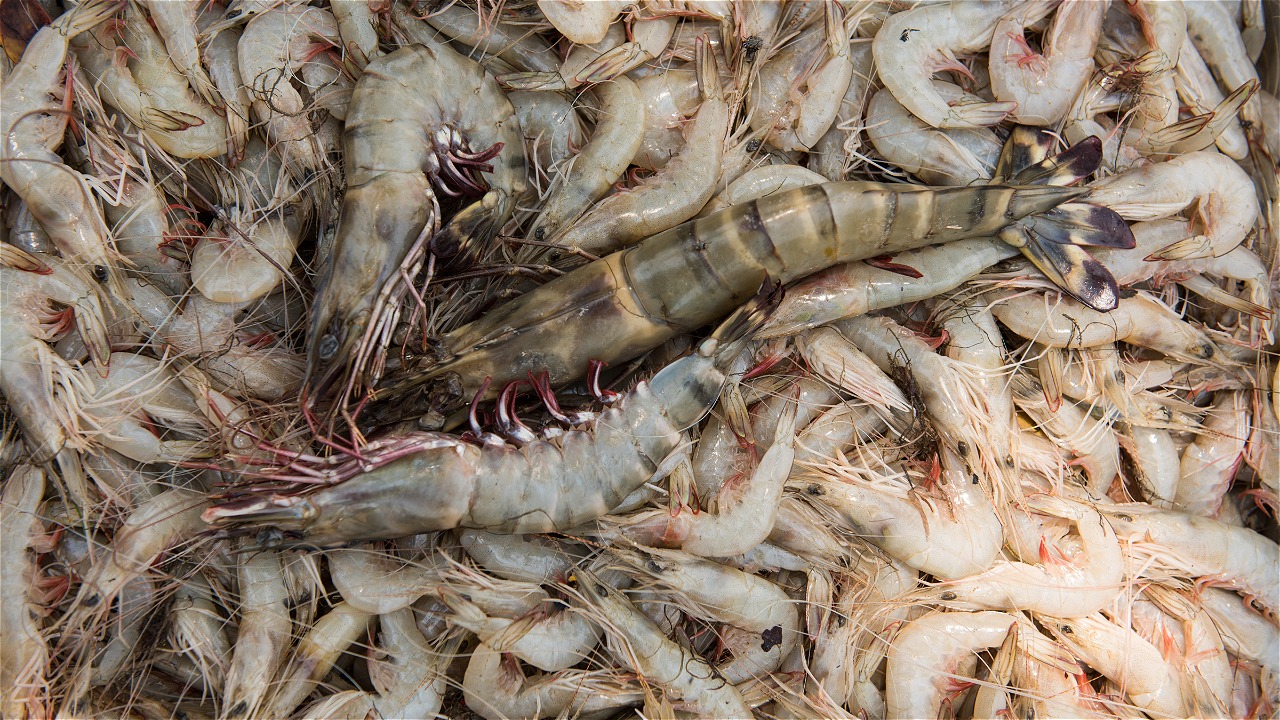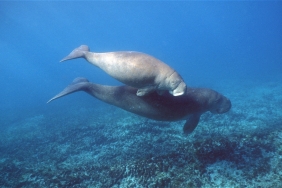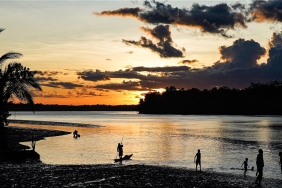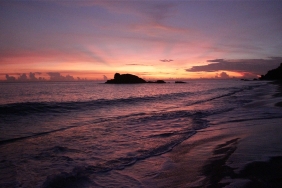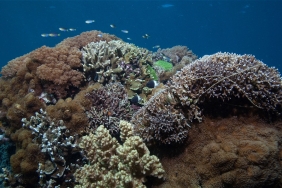5TH POND SCHOOL, DETECTING SHRIMP MORTALITY CAUSES AND SOLUTIONS
Author: Idham Malik (Aquaculture Officer, WWF-Indonesia)
In the first semester of 2016, tiger shrimp production in Pinrang Regency, particularly in the Lowita Minapolitan Area, Suppa District, experienced a drastic decline. If in the previous year the farmers had harvested as many as three cycles - each cycle averaging 150 kilograms - this year the average farmer failed to harvest since the first and second cycles.
In the end, they relied solely on milkfish farming, reduced the stocking rate of tiger shrimp, or switched to vannamei shrimp farming. Some farmers who switched to vannamei shrimp also experienced crop failure due to a lack of understanding about proper vannamei cultivation.
In response to these conditions, in early August 2016, WWF-Indonesia held the 5th Pond School themed "Reflection of Wind Shrimp Farming in Minapolitan Area of Pinrang Regency from Early to Mid-2016"
The pond school, which is part of the Aquaculture Improvement Program (AIP) scheme, presented speakers Dr. Ir. Muharijadi Atmomarsono, MSc, Head of the Lowita Minapolitan Coordinating Board of Pinrang Regency, as well as shrimp pathology researchers from the Maros Brackish Water Aquaculture Research Center (BPPBAP).
Muharijadi explained that crop failure can be caused by various sources of disease such as fungi, parasites, bacteria, viruses, to diseases originating from environmental factors (pesticide distribution, due to moldy feed poisoning, and soil conditions that are already acid sulfate).
Therefore, farmers must understand the type of shrimp disease by looking at the condition of sick shrimp, such as white spots on the shrimp shell (carapace); uncontrolled or too fast growth, which means shrimp affected by White Spot Syndrome Virus (WSSV); reddening of the gills and tail, which means the disease is caused by vibrio bacteria; stunted shrimp, where the head or hepatopancreas is enlarged, which means the shrimp is affected by Infectious Hypodermal and Hematopoietic Necrosis Virus (IHHNV); or white droppings in vannamei shrimp due to mushrooming feed conditions.
According to Muharijadi, if shrimp disease is caused by a virus, then until now there is no cure. What can be done is only preventive measures so that the virus does not develop and spread to a wider area. If the disease is caused by bacteria such as geripis tail and red gills, it can still be treated by utilizing kopasanda leaves - or in Javanese called seruneng leaves - and aloe vera. The use of kopasanda leaves is simply by tying them to wood and then planting them in the pond. Shrimp that eat the leaves will increase their immunity.
In addition, farmers must also know the condition of the pond soil. Ensure that the soil condition is good and does not experience a decrease in pH. If there is a decrease in pH, it can be corrected by giving burnt lime. The characteristic of acid sulfate soil is that there is a yellow color in the water; when the soil is drained and refilled with water, there is usually a red color in the water. For soils with this condition, cultivators can drain with repeated flushing of the soil (remediation).
Acidic soil is the cause of shrimp mortality, especially after rainfall. This condition, which many participants complained about, has also been exacerbated by the erratic weather conditions over the past six months. The most tactical step to overcome this condition is for farmers to be accompanied by experts to remediate ponds that have acid sulfate soils, and liming using dolomite lime according to the dose before rain on the pond bunds and in the pond water after rain.
Not only the soil, farmers must also ensure the condition of the pond water before applying the appropriate amount of fertilizer. Water inflow - for the context of the waters in Tasiwali'e and Wiringtasi villages - is done 2-3 hours after the first high tide. This is because the water contained in the first tide still contains high organic and bacterial waste. Water intake in the Lowita Minapolitan Area comes from Pare-pare Bay, which has a high potassium content so there is no need to use artificial fertilizers containing nitrogen, phosphorus, and potassium (NPK fertilizer).
Even during the rainy season, urea fertilizer should be reduced because rainwater already contains nitrogen. In this regard, Muharijadi also showed farmers a guide in assessing pond water conditions. The guide contains levels of water color, which brownish green color means that it has a very good source of plankton for shrimp life.
The last thing that farmers should pay attention to is the shrimp fry (host) itself. Farmers must buy shrimp that are ready to live in the pond, namely those whose tails are widened or are already in the Post Larva phase 12. This is because the shrimp can find their own food in the pond. The fingerlings are entrenched for about six weeks in a small plot. After that, the fry are stocked on larger plots so that the shrimp will grow faster.
With this pond school, it is expected that the 22 farmers present can recognize the causes of crop failure and understand the steps to be taken to prevent the next crop failure, by paying attention to three important aspects, namely the source of disease, the environment (soil and water), and the fry.

